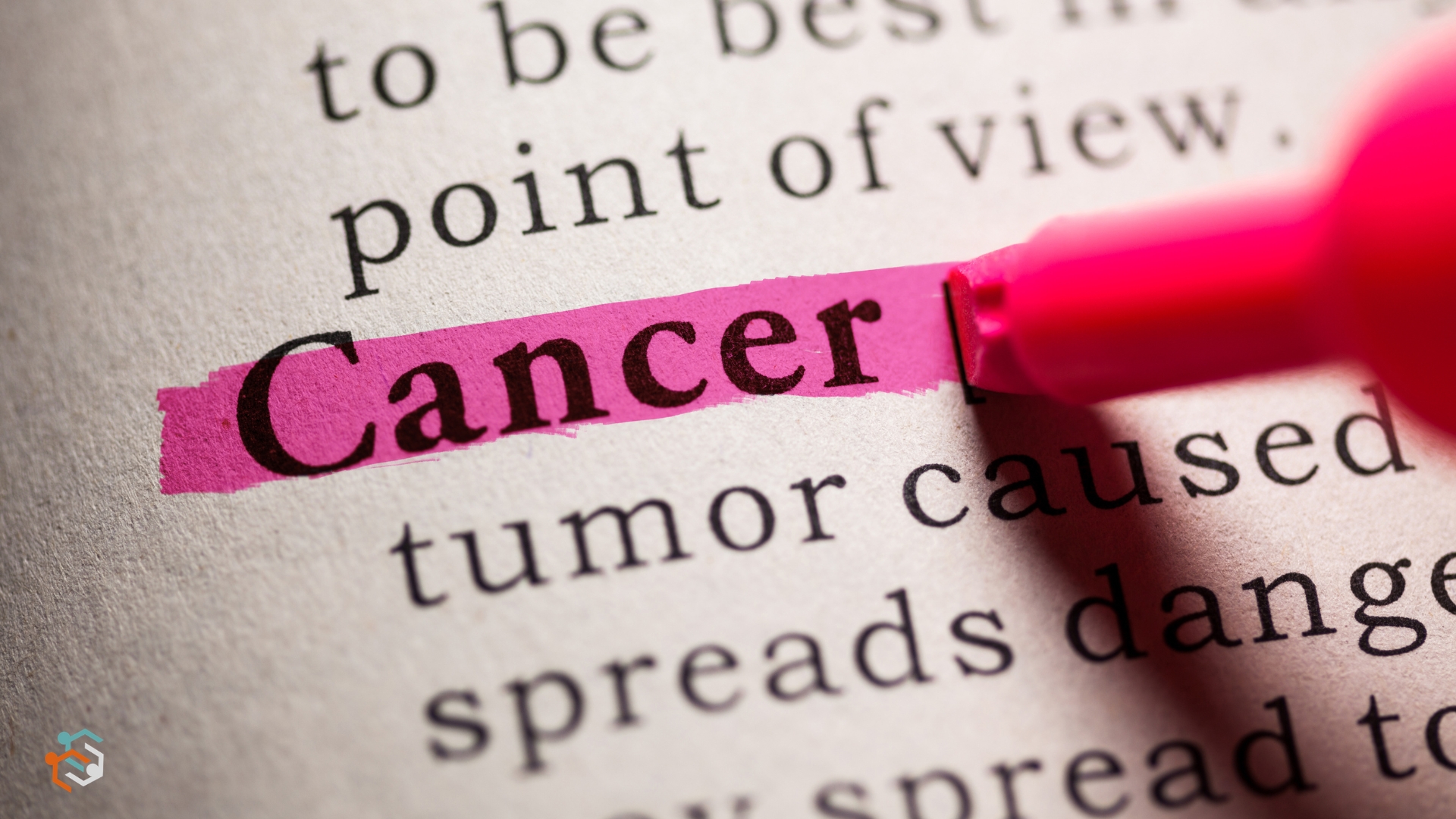Cancer Basics

Roughly 113,786,956 people in the United States are affected by cancer—that’s about 1 in 3 people. Whether you know someone impacted by cancer or simply want to learn more about it, the topics below will help you gain a basic understanding of cancer, its causes, and options for cancer treatment.
Click below to learn more:
What is cancer?
Cancer is defined as a disease in which some of the body’s cells grow uncontrollably and spread to other parts of the body. Cancer can start almost anywhere in the human body, which is made up of trillions of cells.
What is a tumor?
Tumors, which are lumps of tissue, can be cancerous (malignant) or not cancerous (benign).
- Cancerous tumors spread into or invade nearby tissues and can travel to distant places in the body to form new tumors (a process called metastasis). Even when removed, these tumors sometimes grow back.
- Benign tumors do not spread into or invade nearby tissue, and usually don’t grow back when removed. Benign tumors can sometimes be quite large, however, and some can cause serious symptoms or be life-threatening, such as benign tumors in the brain.
What causes cancer?
Cancer cells develop because of multiple changes in their genes. These changes can have many possible causes. Lifestyle habits, genes you get from your parents, and being exposed to cancer-causing agents in the environment can all play a role. Many times, there is no obvious cause.
What are common types of cancer?
Below is a list of common cancer types. Cancers are typically named after the organs or tissues where they originate or by the type of cell that forms them. Additionally, cancer is often categorized by its stage, which reflects how advanced it is. This is determined by the size and location of the tumor and whether it has spread to nearby lymph nodes or other parts of the body.
- Breast Cancer: Affects the breast tissue.
- Lung Cancer: Affects the lungs, often linked to smoking.
- Prostate Cancer: Affects the prostate gland in men.
- Colorectal Cancer: Affects the colon or rectum.
- Skin Cancer: Includes melanoma, basal cell carcinoma, and squamous cell carcinoma.
- Non-Hodgkin lymphoma: starts in the lymphocytes.
- Leukemia: starts in the blood-forming tissue of the bone marrow.
Cancer Stages
- Stage 0 – Abnormal cells are present but have not spread to nearby tissue. Also known as carcinoma.
- Stage 1 , 2, 3 – Cancer is present. The higher the number, the larger the cancer tumor and more it has spread to nearby tissues.
- Stage 4 – The cancer has spread to distant parts of the body.
What are my cancer care options?
There are many types of cancer treatment, including options like Clinical trials. The specific type of treatment you receive will depend on the type of cancer, it’s stage, and how your treating physician decides to treat your cancer. Be willing to listen and learn and ask questions about all cancer care options.
Find more resources
Common questions about causes of cancer
Common Cancer Treatment Options
Understanding cancer staging
Screening guidelines by age
Types of screenings
The SUPPORT trial team is dedicated to building trust and empowering you with the knowledge and resources needed to combat cancer and enhance health outcomes for everyone.

